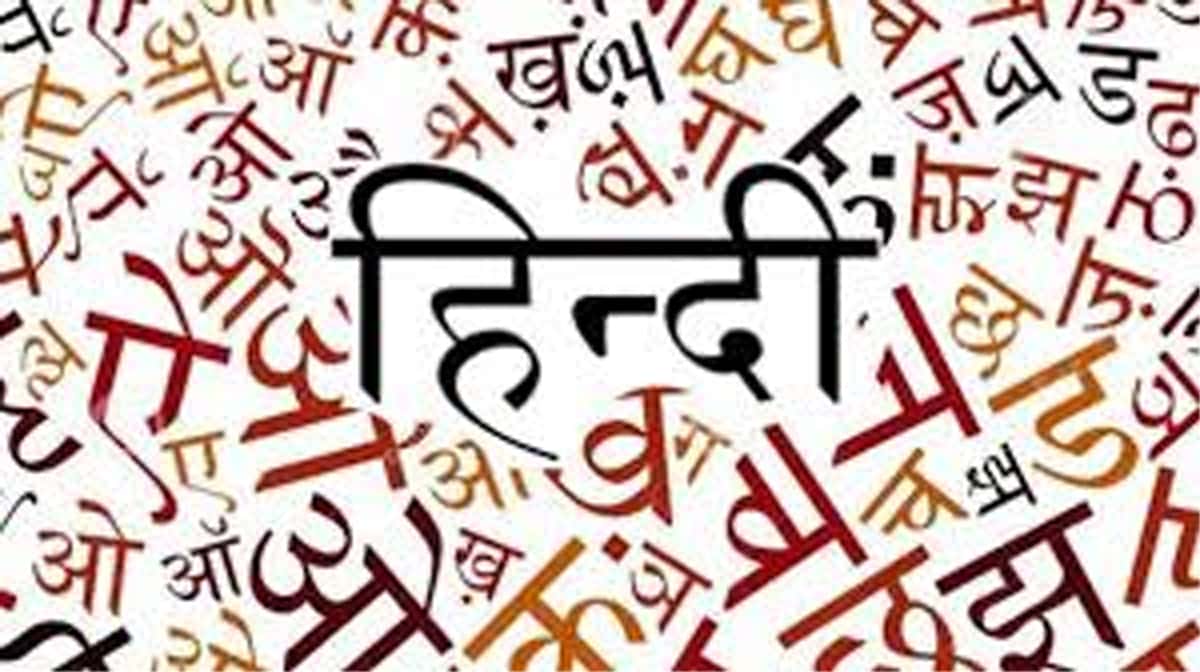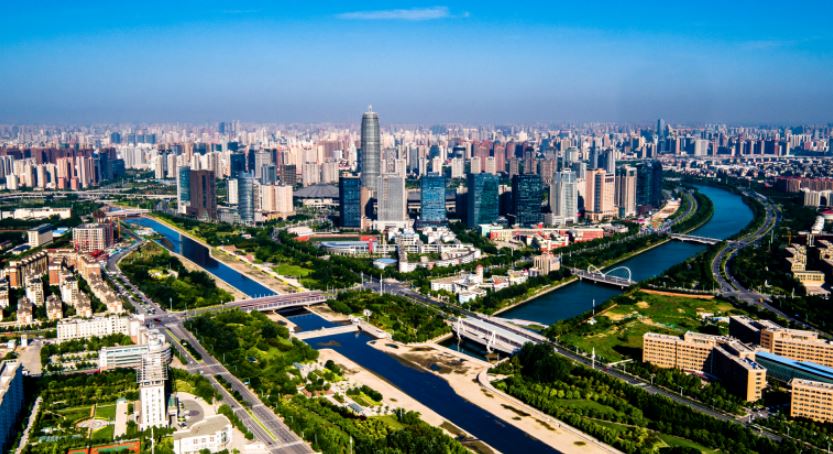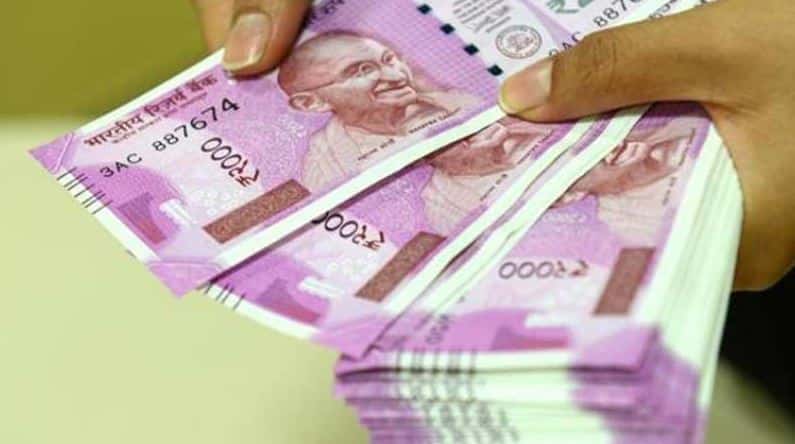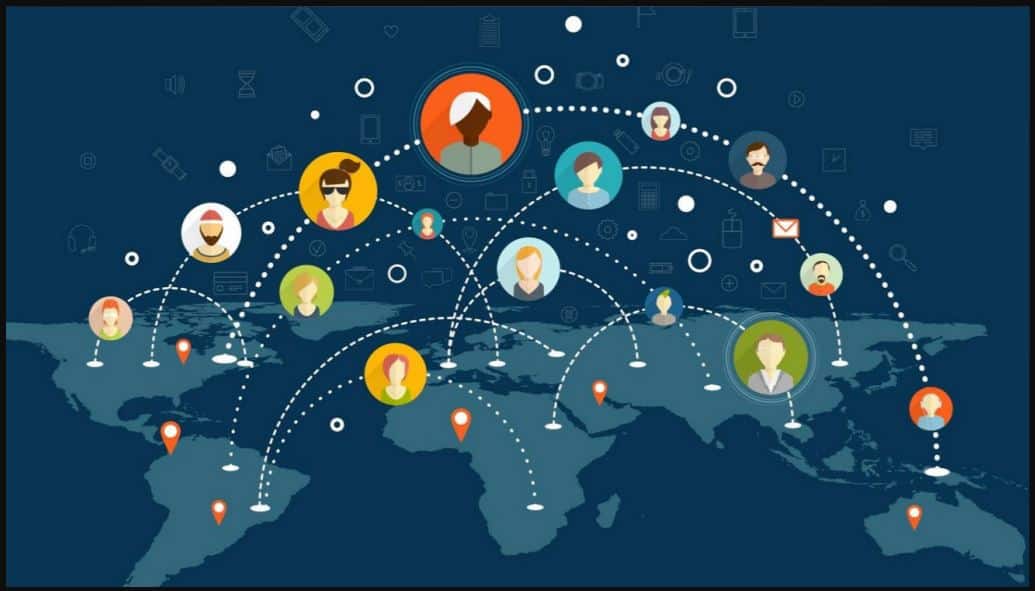Women Empowerment in India
Most countries today consider gender equality and women’s empowerment to be essential for the development and well-being of families, communities and nations. No nation, society, and family can flourish and be happy if fifty per cent of its population. i.e. women and girls, are not respected, free and happy.
Not just in India, but in most countries of the world, women have been discriminated against, excluded from decision making at all levels, marginalised and disempowered. This is so because of the prevalence of patriarchy, a social system in which men are considered to be superior to women and io which, men have more control over resources, decision making and ideology.
It is indeed difficult to generalise about women in India because of the vast differences between them. They belong to different classes, castes, religions, communities. Yet, one can say that most women suffer from patriarchal structures and ideologies; they experience gender inequalities and subordination. Women lag behind their men in all indicators of social and human development.
- India has the most adverse sex-ratio for women in the world.
- Life expectancy for women is lower than that of men,
- women’s health, nutritional and educational levels arc significantly lower than that of men
- Women are Concentrated in low skilled and low paid jobs, they gel lower wages and lower income than men
- They hardly own and/or control property and means of production.
- The participation of women in political and social decision-making is abysmally low
- Women’s participation in the Parliament has never been higher than 10 percent
- They are excluded from jural authority.
- They have little say in the formulation of social, economic, legal. political rules which govern their lives and keep them subjugated.
Not in all, but in large parts of India, girls live with disadvantages, burdens and fears. They carry the burden of neglect, of discrimination. The burden of household work, the burden of looking after siblings, the burden of work outside the home. Girls live with fears – fear of being aborted, fear of being poisoned, fear of being neglected and allowed to die, fear of not getting adequate affection, care, nourishment, medical attention, education.
Our daughters also live with the fear of sexual abuse ranging from playful manhandling to rape. Even after the passing of s1ricter and better laws. !he number of brutal gang rapes bas been increasing. After marriage, they face the fear of loneliness, maladjustment, mental and physical torture.
Necessary steps for women’s empowerment in india
Women’s empowerment is a process, which is both ongoing and dynamic and which enhances women’s ability to change those structures and ideologies which keep, them subordinate. This process enables them to gain more access to add control over resources and decision making; gain more control over their own lives. gain more autonomy. It is a process which enables women to have self-respect and dignity, which improves their self image and social image.
In order to move towards gender equality, we have to empower that gender which is disempowered, i.e., women and girls. One needs to understand POWER in order to empower anyone. Power is the capacity or ability to take actions freely and independently, it is the capacity-to control or influence others. Power means autonomy, freedom, making your own choices, having a voice.
The process of empowerment is a political process, because it aims at changing existing power relationships between women and men. The goal of women’s empowerment cannot and should not just be ,to be change hierarchical gender relations, but to change all hierarchical relations in society i.e. class, caste, race, ethnic, and North-South relations.
- Because gender relations do not operate in a vacuum, because they are related to and influenced by all other economic, social and political systems, one cannot change gender hierarchies without changing other systems and hierarchies.
- Women’s empowerment is not and cannot be separate from the empowerment nature, empowerment of all the marginalised people and countries.
- Women’s struggles and movements therefore, need to be closely linked to peace movements, ecology movements, workers’ and peasants’ movements, human rights movements and movements for democratisation and decentralisation of society. These different movements are different aspects of the same struggle, different segments of the same dream; therefore, there need to be strong connections and alliances between them.
I believe that while talking of empowerment of women, we must also talk about empowerment of feminist thinking and ideology, empowerment of principles like equality, justice, democracy and sustainability. This means, we do not support all women irrespective of what they stand for. We do not empower women dictators, women patriarchs, women who promote caste and patriarchy, just because they are women.
We recognize that women can also be patriarchal aud dominating and that some men can be and are our partners in fighting patriarchy and other hierarchical systems. Our struggle is for certain principles and for a society where all men and women have equal opportunities to live, to grow, to participate.
Constitutional Provisions for women in Indian constitution
- Article 14 – Men and women to have equal rights and opportunities in the political, economic and social spheres.
- Article 15(1) – Prohibits discrimination against any citizen on the grounds of religion, race, caste, sex etc.
- Article 15(3)- Special provision enabling the State to make affirmative discriminations in favor of women.
- Article 16- Equality of opportunities in matter of public appointments for all citizens.
- Article 23- Bans trafficking in human and forced labor
- Article 39(a)– The State shall direct its policy towards securing all citizens men and women, equally,the right to means of livelihood.
- Article 39(d)- Equal pay for equal work for both men and women.
- Article 42– The State to make provision for ensuring just and humane conditions of work and maternity relief.
- Article 51 (A)(e)- To renounce the practices derogatory to the dignity of women
- Article 300 (A)– Right of property to women
- 73rd & 74th Amendment Act 1992- Reservation of 1/3rd of seats in local bodies of panchayats and municipalities for women.










